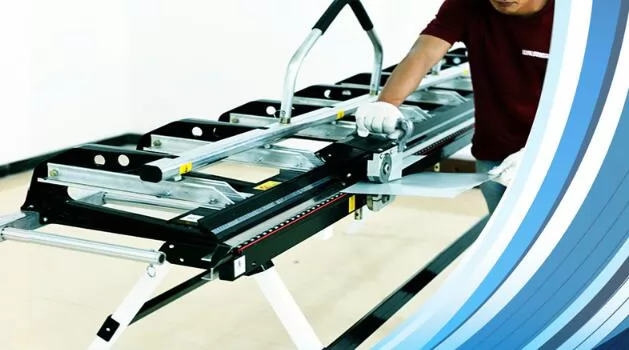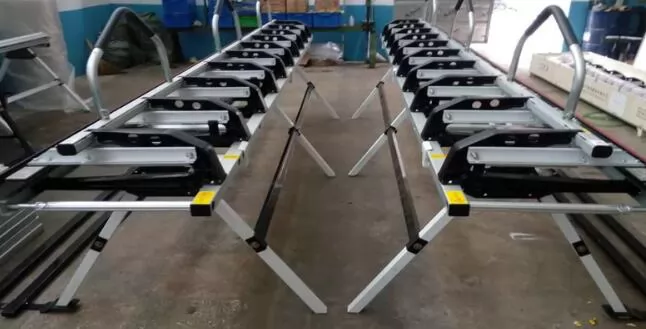1. Introduction to Manual Bending Machines
Manual bending machines are versatile tools used to shape and manipulate various types of materials, primarily metal sheets and bars. These machines are manually operated, providing operators with precise control over the bending process. They are commonly employed in industries such as metalworking, automotive manufacturing, aerospace, and construction. Manual bending machines offer an array of benefits that make them indispensable in these sectors.
2. Key Functions and Features
2.1 Bending Metal Sheets: One of the primary functions of manual bending machines is to bend metal sheets into desired shapes and angles. By applying force on the material, these machines allow operators to achieve precise bends for applications such as metal fabrication, HVAC systems, and electrical enclosures.
2.2 Creating Straight Edges: Manual bending machines are also capable of creating straight edges on metal sheets. This function is particularly useful when producing panels or boxes that require precise dimensions and uniformity.
2.3 Forming Curved Sections: Another noteworthy capability of manual bending machines is their ability to form curved sections. By manipulating the metal sheet or bar with precision, operators can achieve smooth and accurate curves, which find applications in architectural designs, signage, and decorative elements.
2.4 Adjustable Bending Angles: Manual bending machines often come equipped with adjustable bending angles, allowing operators to work with various materials and achieve different degrees of bends. This versatility enhances the machine's adaptability and widens its range of applications.
3. Advantages of Manual Bending Machines
3.1 Cost-Effective Solution: Manual bending machines offer a cost-effective alternative to their automated counterparts. They are generally more affordable, making them accessible to small-scale businesses and workshops with limited budgets.
3.2 Flexibility and Portability: These machines are designed to be compact and portable, enabling operators to carry out bending tasks on-site or in confined workspaces. Their flexibility makes them an ideal choice for projects that require mobility and quick turnaround times.
3.3 Easy to Operate: Manual bending machines are user-friendly, requiring minimal training for operators to achieve optimal results. This ease of operation allows businesses to minimize downtime and maximize productivity.
3.4 Precision and Accuracy: Despite being manually operated, modern manual bending machines are built with precision in mind. They offer accurate bending measurements, ensuring consistent results and high-quality finished products.
In this detailed article, we have explored the functions and benefits of manual bending machines. We are a manual bending machine supplier. If you are interested in our products, please contact us now!


